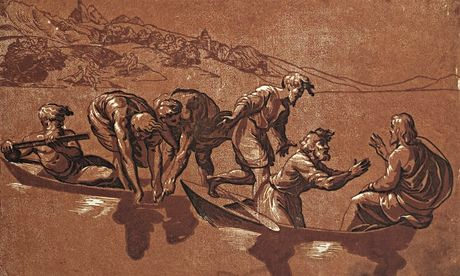For the past 37 years, my husband John left our house every Monday through Friday and headed south to Boeing for his job in public relations. I worked at home.
It was a good fit for both of us. I like lots of quiet time to write and draw and follow my thoughts. He likes the interaction of communication around issues like airplane production and financing and the intricacies of the Export-Import bank.
But now John has retired. We took a celebratory hiking trip to Lake O’Hara, British Columbia, but beginning today we will both be at home.
Luckily, Julie Larios’ husband Fernando retired a few years ago. He offered John a surefire strategy for sharing space with a wife who gets lost in her creative ether: wear a cowbell. That way, he explained, your creative cohabitant hears you coming and does not jump out of her skin when you clear your throat and she is suddenly aware of your presence.
Perhaps some of our BATT blog readers have more suggestions for John and me as we begin this new chapter? I am all ears.
Maybe that’s the problem. Ironically, as I write this, I am distracted by the radio playing in the kitchen. Argh! To calm down, I remind myself it is John I have to thank for the idea of this blog — and for cleaning up the kitchen…
P.S. If you are in the Seattle area – a wonderful event takes place this Sunday noon to 4 at Dunn Gardens: Mallets in Wonderland, http://dunngardens.org/upcoming-events. John and I are running the White Rabbit’s Zucchini Racetrack. The gardens are transformed into a magical Alice’s Wonderland with croquet courts, beer & brats lunch, lots of children’s events and sunshine. All for a good cause: the preservation of this historic Olmsted-designed estate.










































